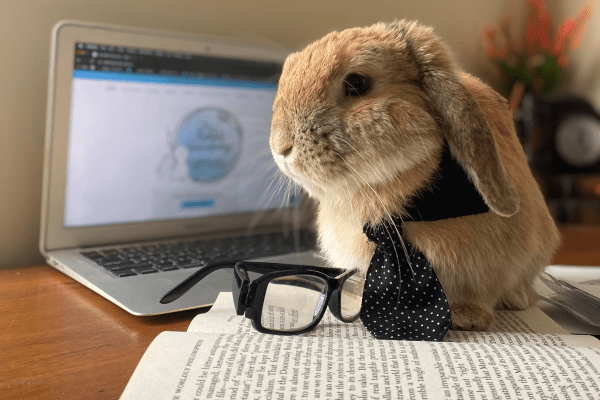There is much to learn about bunnies - get started here!
How to care for your rabbit
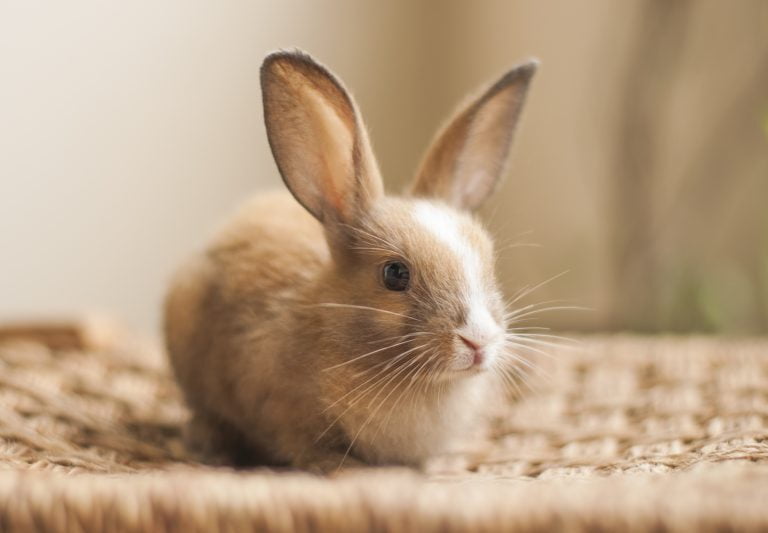
Rabbits are exotic pets. They require special care, diet and handling as they are prey animals, have tiny delicate bones and a sensitive digestive system.
Rabbit Behaviour
Rabbit behaviour is very complex. Rabbits are territorial and this must be taken into account at all times. Rabbits need a bunny friend. Both must be desexed. Opposite sexes get on better as friends than same-sex rabbits.
Housing
Rabbits are safest if kept inside away from insects and predators. In the home they are there to play their part in family life.
Our research and experience shows that if rabbits are inside the home that they are treated as part of the family & not be forgotten if they were outside.
The family can interact with the bunnies during their daily activities making them handleable pets.
Rabbits need room to run so a playpen in the home is best, with time outside in the fresh air daily. Rabbits need a place to hide away and view the world from.
Check out our setting up page for more info or download our Adoption Planner.
1 or 2 rabbits?
If you have a busy lifestyle, consider 2 rabbits. They are social animals & enjoy company. Having two will not stop them loving you! The Rabbit Sanctuary can 'bond' two rabbits before you take them home.
Water
Surprisingly, rabbits drink a lot during the day! They also love to put their paws into the water then wash their face so a large heavy ceramic dish is perfect as it won't tip over.
Change your rabbit's water twice daily as they love fresh clean water. Wipe out with a rag or sponge, rinse and refill. Keep the water in the shade or it will get too warm.
Water bottles are good as back up, but they need a dish of water first & foremost. Water bottles are good as back up, but they need a dish of water first & foremost. Water bottles are good as back up, but they need a dish of water first & foremost.
Note: Water bottles can quickly become infected with mould if not cleaned regularly. They have also been known to stop working.
Grooming
Rabbit care is essential when grooming your bunny rabbit. A grooming comb and/or slicker brush is ideal. It is made of steel with fairly fine bristles so care will need to be taken that you don't cause abrasions to the rabbits skin.
Litter Training
The best litter tray is a large one with high sides.
The bigger the litter tray the better the results. Put the tray in a corner. If the rabbits wee or poo in another area provide a second tray there.
- Fill with an odourless pet litter or hay.
- A hay feeder at the end of the tray hung from playpen fence
- Rabbit Pellet dish in the tray under the hay feeder
Sweep up any 'mistakes' and put into the tray & keep the floor of the playpen clean with white vinegar as it will stop them toileting there.
Rabbits love to eat and poo so having your premium hay and rabbit pellets in the tray will encourage litter tray use.
What to feed your rabbit
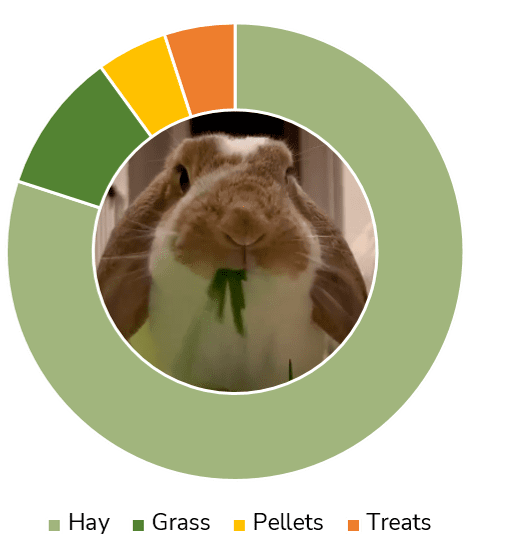
Hay & grass should be the primary food source
Let's go into detail
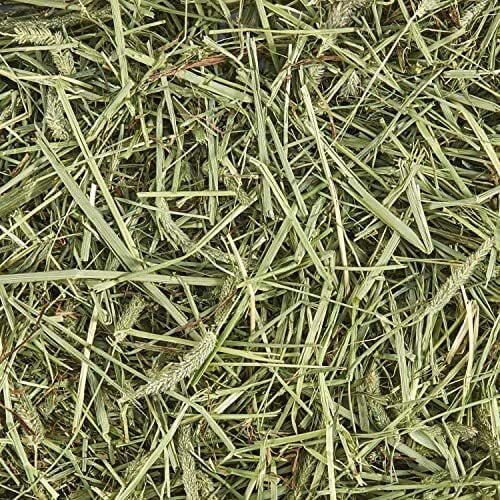
Hay, hay, hay ...
1) Hard Hay (cereal hay): Oaten
2) Soft Hay (grass hay): Timothy or Rye or Teff
3) Sweet Hay: Lucerne (also called Alfalfa) in small amounts, as treat & tempter hay.
A good choice for top quality controlled hay is the Oxbow brand. You can also buy hay from an agricultural produce store.
When you buy hay make sure it doesn't look brown, mouldy or no longer smells like fresh cut grass. Store it in a dry place, ideally in a container that allows air flow.
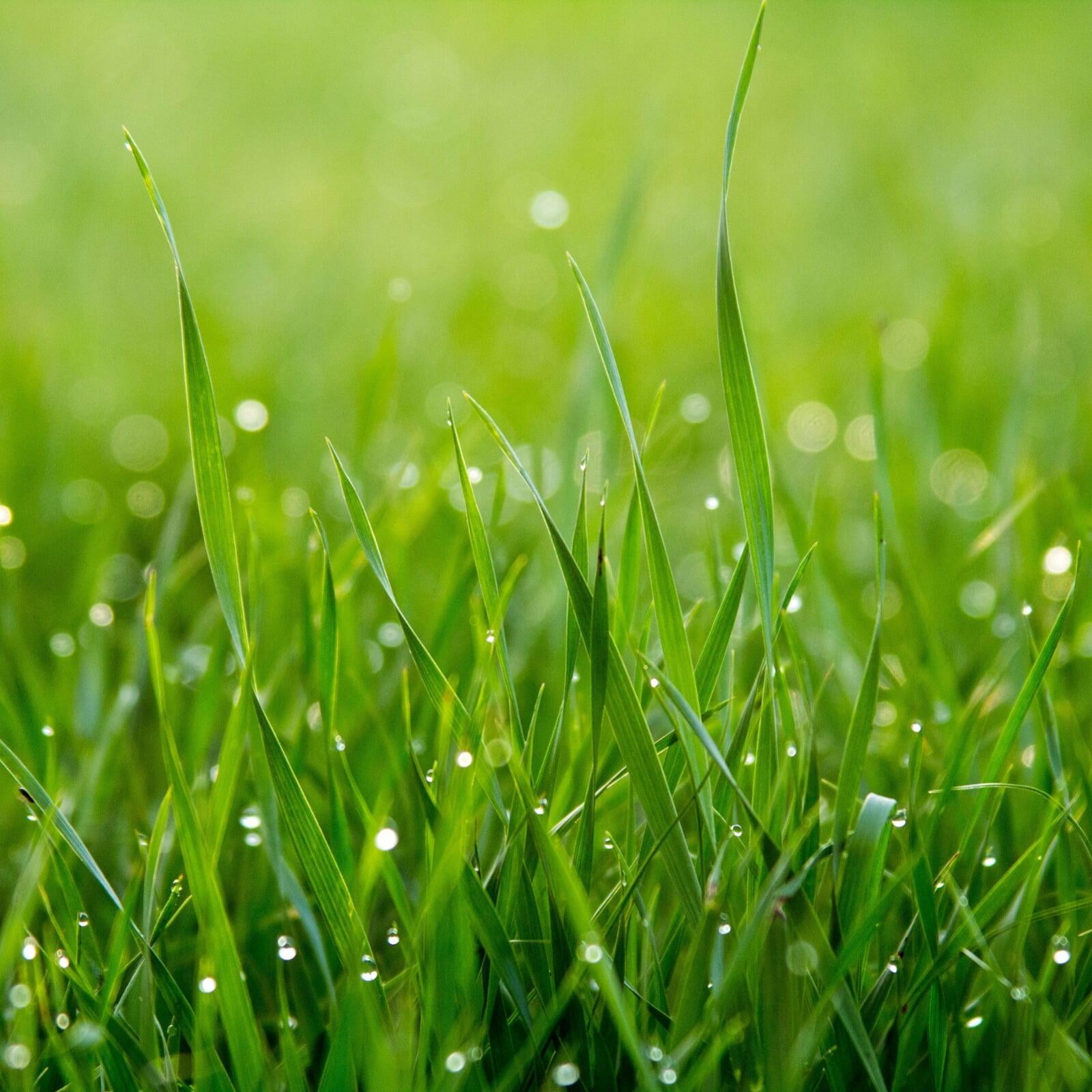
Grass

Pellets
What to buy:
- 'Rabbit only' pellets (single colour) that are high in fibre and low in protein.
- Recommended brands: Vetafarm, Oxbow, Burgess.
What not to buy: Supermarket or pet shop mixes that ...
- are colourful
- with seeds,
- marketed as suitable for rabbits and guinea pigs.
How to store:
Keep the pellets stored in an airtight container so they stay fresh. Rabbits will not eat stale pellets!
How to use:
Give in accordance to the manufacturers feeding instructions as too many pellets can cause digestive issues.
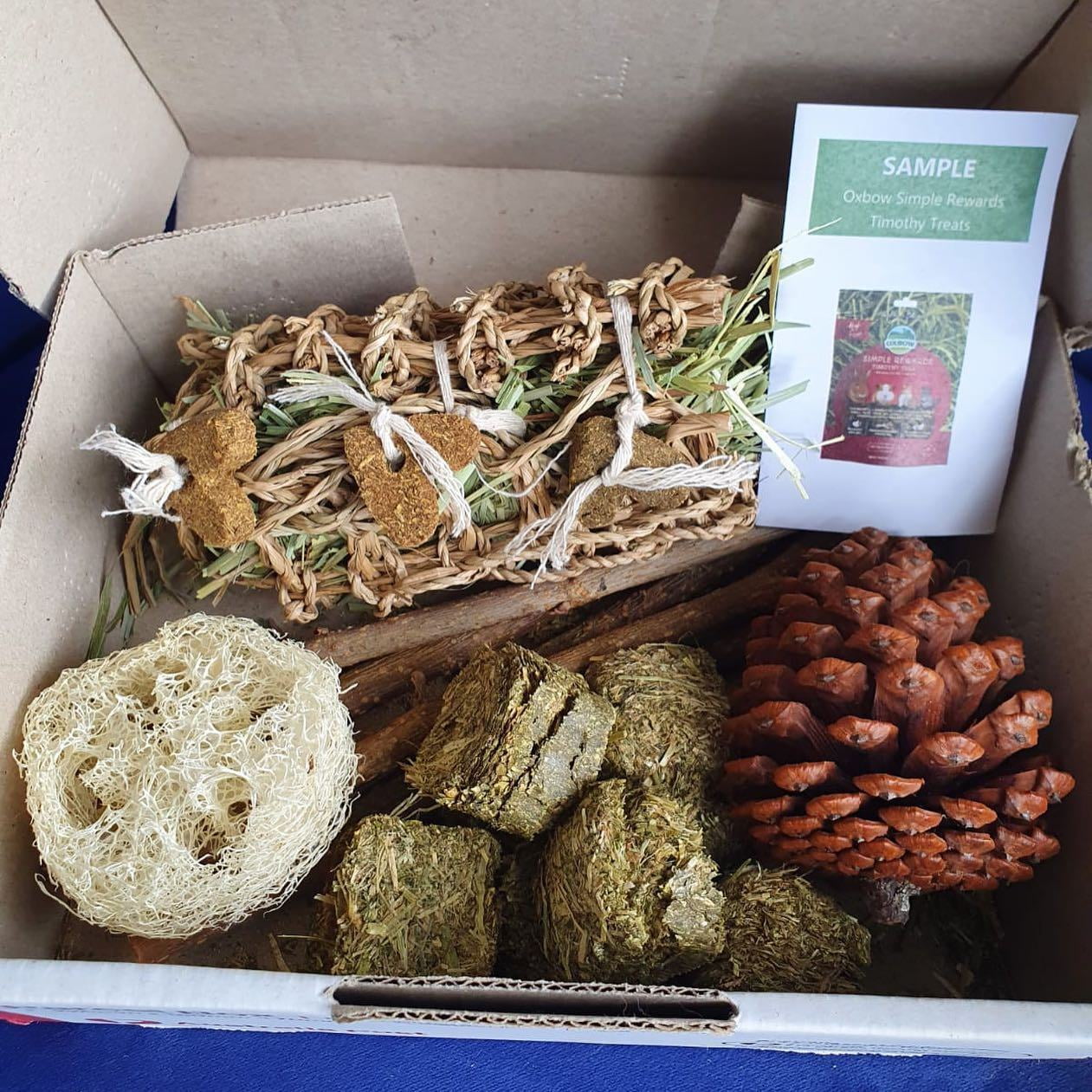
Treats
Rabbits are definitely allowed treats, but always in moderation!
Recommended (in small amounts):
- Oxbow Simple Rewards
- Lucerne hay
- Fresh herbs, e.g. mint
- Dried apple/pear/mulberry/willow leaves and wreaths
- Dried organic rose petals
Not recommended:
- Fruits
- Vegetables
They are too low in fibre and too high in calcium and/or sugar and may therefore disrupt your rabbit's digestive system over time.
How to handle your rabbit
How to groom your rabbit
Rabbit Grooming - Caring for the fur coat!
De-sensitisation method - by Kim Cooney
This rabbit bonding method is based on the premise that the rabbits become used to each other. Fear is gone and the way is open to the rabbits to relax and come to trust each other. This method was developed by Kim Cooney at The Rabbit Sanctuary over many years of bonding rescue rabbits to make pairs. Having a friend makes being a rescue rabbit fun and both can go together to their new adopted home. Bonding two rabbits also maximises the space in your home. Two rabbits are as easy to care for as one.
TABLE BUNNY BONDING involves putting rabbits on thick blanket / towel on a table & slowly allowing them to de-sensitise to each other. In time, this will allow them to earn each others trust & hopefully become friends.
NOTE: THIS CAN BE A LONG PROCESS SO IT IS IMPORTANT TO BE EXTREMELY PATIENT & KIND WITH YOUR RABBITS. DO NOT RUSH THESE STEPS.
Follow the steps below & if necessary, manage their movements gently with your arms and hands. Do not allow them to get aggressive or hump.
STEP 1
Place both rabbits butt to butt & monitor their behaviour
(once they are relaxed & sitting comfortably together you can move on to the next step)
STEP 2
Place both rabbits side by side & monitor their behaviour
(once they are relaxed & sitting comfortably together you can move on to the next step)
STEP 3
Place both rabbits on the floor.
Repeat this step 10 times with 15 min toilet / rest breaks every day for 3 days
(once they are relaxed & exhibiting calm behaviour towards each other you can move on to the next step)
STEP 4
Place both rabbits in the original rabbits enclosure
(Ensure you monitor them closely to ensure no fights break out)
Make sure you have a sturdy table. A wobbly table will not help the bonding process. Ensure the blanket on top is not sliding around. People should sit around the table so the rabbits feel relaxed in their presence.
Basket bonding
Extra tips
Un-desexed rabbits can show more aggression & territorial behaviours. Do not attempt to bond un-desexed rabbits. It could result in expensive vet bills!
Don't allow aggression
Rabbits holds grudges so it is up to you to control any aggression that surfaces. Control the rabbits head gently but firmly. Use a towel if need be as rabbit bites to the hands can hurt!
Firm control of each rabbit must be maintained until rabbits are settled and happily sitting together.
How do I know its working?
There is no time limit on how long it takes before rabbits will bond. For some rabbits it's love at first sight & it could be all over & done with in a day! For others, it's all about learning to love & tolerate each other which could take weeks or months!
Two bunnies are best!Like humans - rabbits need friends too! We run a very successful rabbit Bonding Program at the sanctuary & are more than happy to bond 1 or more rabbits of your choice.
Like humans - rabbits need friends too! We run a very successful rabbit Bonding Program at the sanctuary & are more than happy to bond 1 or more rabbits of your choice.
Why vaccinate your rabbit
Rabbit Haemorrhagic Disease Virus (RHDV), previously known as Rabbit Calicivirus, is a biocontrol for wild rabbits.
Predominantly, it is used in an effort to minimise environmental damage to agricultural land. While the intention is to kill wild rabbits, domestic rabbits will also get infected, e.g. via mosquito bites.
This virus can be very fast acting and your rabbit may not show any symptoms. For slower acting infections you may notice loss of appetite, lethargy and some bleeding from the nose, mouth and rectum.
Is there a vaccine?
Filovac is now available in Australia to protect domestic rabbits against RHDV1, RHDV2 and RHDV-K5. You need to vaccinate your rabbit every 12 months.
There is an outbreak in my area. What can I do?
- Keep your rabbits indoors & away from flies/insects
- Keep everything as clean as possible to avoid contamination
- Purchase certified hay
- Leave shoes at front door & ensure you are clean before touching the rabbits.
Still have questions? Check this out:
Soon you will be an expert!
Don't find the answers you are looking for?
Please get in touch with us & we will do our best to help you.

